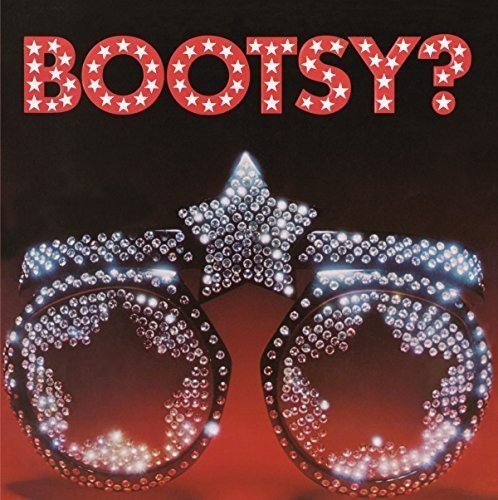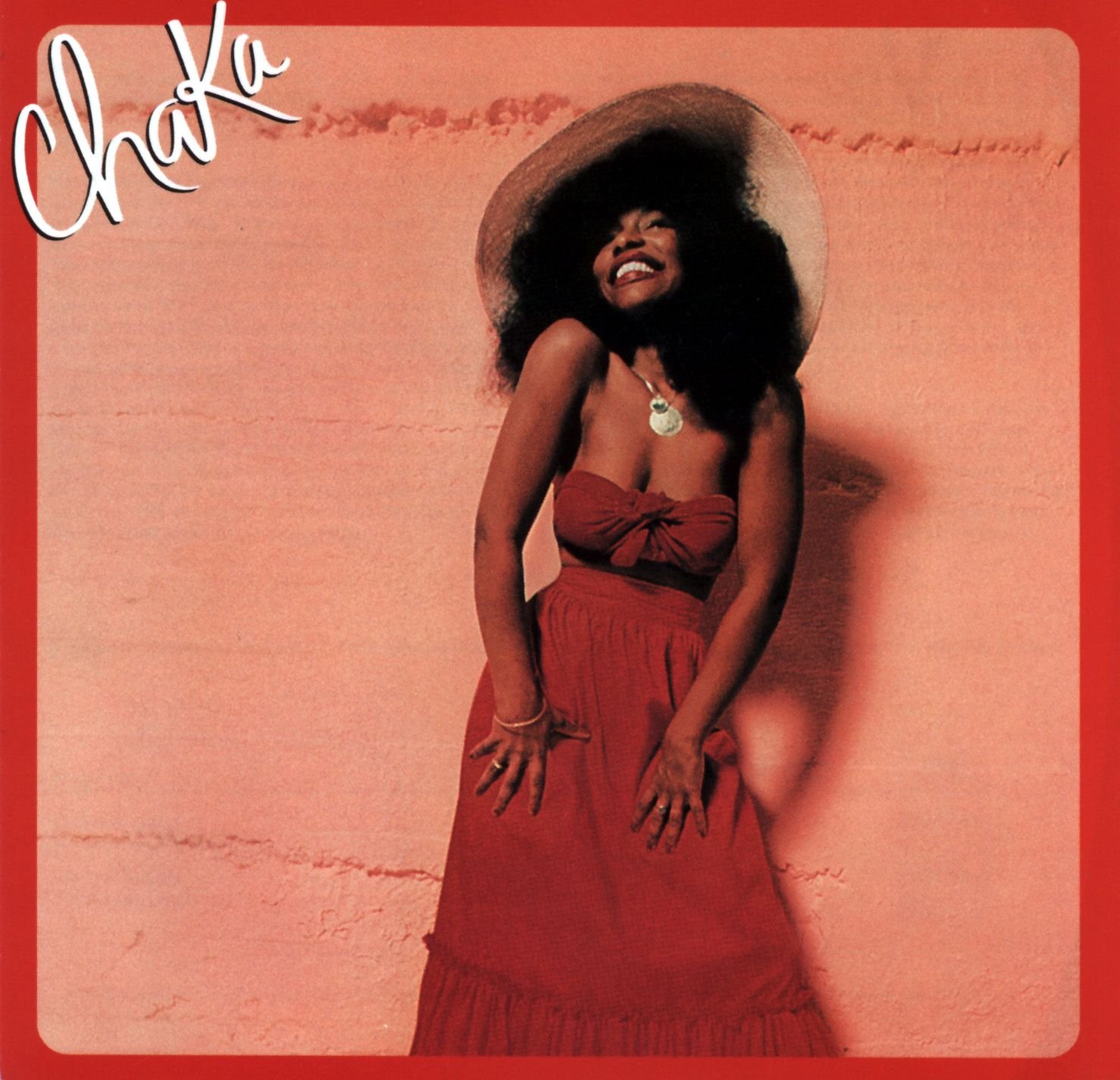
Earth Wind & Fire’s eighth full studio album All ‘N All is music that’s continue to grow with me. Since the very first time I heard it. Only a few days before this writing, my friend Henrique even discussed with me how vital it was that EWF had three drummers aboard during their salad years. There was Ralph Johnson, as well as the bands founder and conceptualist in the late Maurice White. As well as his brother Fred. Maurice himself played drums on the song “Runnin'” from this particular album, a song that’s a particularly jazzy affair.
A somewhat humorous anecdote deals with All ‘N All‘s opening song “Serpentine Fire”. Again from Henrique. We were discussing the songs seemingly sexual playfulness. And how slow the tempo of the song was in relation to the rest of the playing. Turns out in timing the tempo, “Serpentine Fire” clomps along at around 69 BPM. So there is past, present and future lessons to be learned from All ‘N All for its listeners. The future is not ours to see of course. And its also important to absorb the past lessons the music on this album has taught. And I can only truly speak on personal experience in that regard.
All ‘N All has it own rich history. EWF as a band had just survived the tragic loss of Charles Stepney-as well as recording much of their following album Spirit without him. Maurice White then took a much needed vacation with his wife to Brazil and became deeply emerged in the Latin rhythms he heard out of Rio and Sau Paulo. Particularly those of Milton Nascimento. Milton and Maurice came to the conclusion that a combination of their sound would be a strong new element within Earth Wind & Fire. Especially since Afro-Latin percussion was already an enormous aspect of their sound.
Flash forward to the mid 1990’s and I am just getting into the albums of EWF. I remember riding my bike seven miles or so across a lot of traffic to get to the local mall area where there was a record store called Strawberries. Browsing through their cassettes I came across this album on tape. Though the cover was much tinier,it touched on a deep interest I’d had in ancient Egypt and the pyramids of Giza since before I even learned how to ride a bicycle to begin with. Recognizing at least one song on it,and seeing it was in my price range? I decided to purchase it.
After getting this tape home, I put it in my portable cassette player and…found myself travelling in a musical world I am going to try my best to explain to you now. Beginning with a somewhat Michael McDonald sounding Clavinet riff from Larry Dunn,”Serpentine Fire” kicks into high gear with clinging Brazilian percussive funk of the most meaningful order. I could write paragraph after paragraph about the lyric’s seemingly flexible meaning,but the slithering rhythmic nature of the music may tell the story even better. I’ve heard it said that “Fantasy” is rhythmically deep into the “4 on the floor” disco beat.
“Fantasy”‘s cinematic atmosphere transcends anything else for a song celebrating romantic imagination. The Kalimba interlude “In The Marketplace” goes into the furious horn funk of “Jupiter”-probably one of their cleanest played and most under heralded funk numbers they ever made. “Love’s Holiday” is a quintessential EWF mid-tempo groove that is more verse oriented when it comes to Maurice’s lyrical approach than his usually melodic style. The first part of Milton’s “Brazilian Rhyme” is next-concluding in a stomping,funky jam with Verdine’s bass bopping brightly.
“I’ll Write A Song For You” could be viewed somewhat as “Reasons” part II instrumentally -with the songs eloquently romantic lyrics building into a fantastically orchestrated climax. “Magic Mind” is another excellent uptempo funk number-with some of the most elaborate soloing from the Phenix Horns. “Runnin” is one of my favorites here. Starting out as a vocalese led melodic jazz-funk/fusion jam from Philip Bailey,the already heavy Afro-Latin strains in the rhythm come to a percussive frenzy by the songs second half-with Larry Dunn’s kinetic synthesizers bridging the two sections together.
“Be Ever Wonderful” closes the album with its only fully gospel/soul derived song on this album-ending with a triumphantly sung mid tempo ballad. The only way I could even try to explain this is that the way in which the Brazilian rhythms and bouncing melodies on this album are carried out? The entire quality of the music on this album has the feeling of a journey, the feeling of motion towards a compelling knowledge outside oneself . This album brings mystery into focus,and brings time to a slower crawl. And its funk that is both spiritually deep and commercially successful.
All N’ All, from its gatefold artwork to its thematic content, also embraces ideas somewhere between monotheism and pantheism. Maurice White once referred to the albums title itself as referencing that idea of all human religions representing one higher power. EWF also blend in their variation of the classic secular/spiritual soul music themes. The romanticism of humanity seem to even become a spiritual matter on these songs. From the change in the bands logo to a golden roman style font onward, the entire affair was a musical rebirth for a band still deep in their peak musical powers.
The golden annivesary of this album seems far away. But at a mere decade away? It has just occurred to me that by 2027, all of the Earth, Wind & Fire members from this era may have passed away. But as its been said many times, the result of art is ones footprint in time. All ‘N All has the potential for its footprint not to be fully realized until all of its creators are gone. Thinking about the passing of Maurice White last year, his musical spirit in particular permeates this entire album. And he and his band of musical brothers fashioned a funk/jazz/soul masterpiece from that creative synergy.






 Rick James always seemed destined to have a career at Motown. From his work with the Myna Birds to being a member of the staff writing there. He had spent much of the 70’s a musical gypsy-recording a few records and performing with a few different rock bands during the decade before decamping back to Buffalo and forming the Stone City Band. He then returned to the record label that had seemed to provide a strong sense of security for him as an artist/band leader in 1977. And they dropped this debut album the following April of 1978.
Rick James always seemed destined to have a career at Motown. From his work with the Myna Birds to being a member of the staff writing there. He had spent much of the 70’s a musical gypsy-recording a few records and performing with a few different rock bands during the decade before decamping back to Buffalo and forming the Stone City Band. He then returned to the record label that had seemed to provide a strong sense of security for him as an artist/band leader in 1977. And they dropped this debut album the following April of 1978.


:format(jpeg):mode_rgb():quality(90)/discogs-images/R-1670007-1245580324.jpeg.jpg)